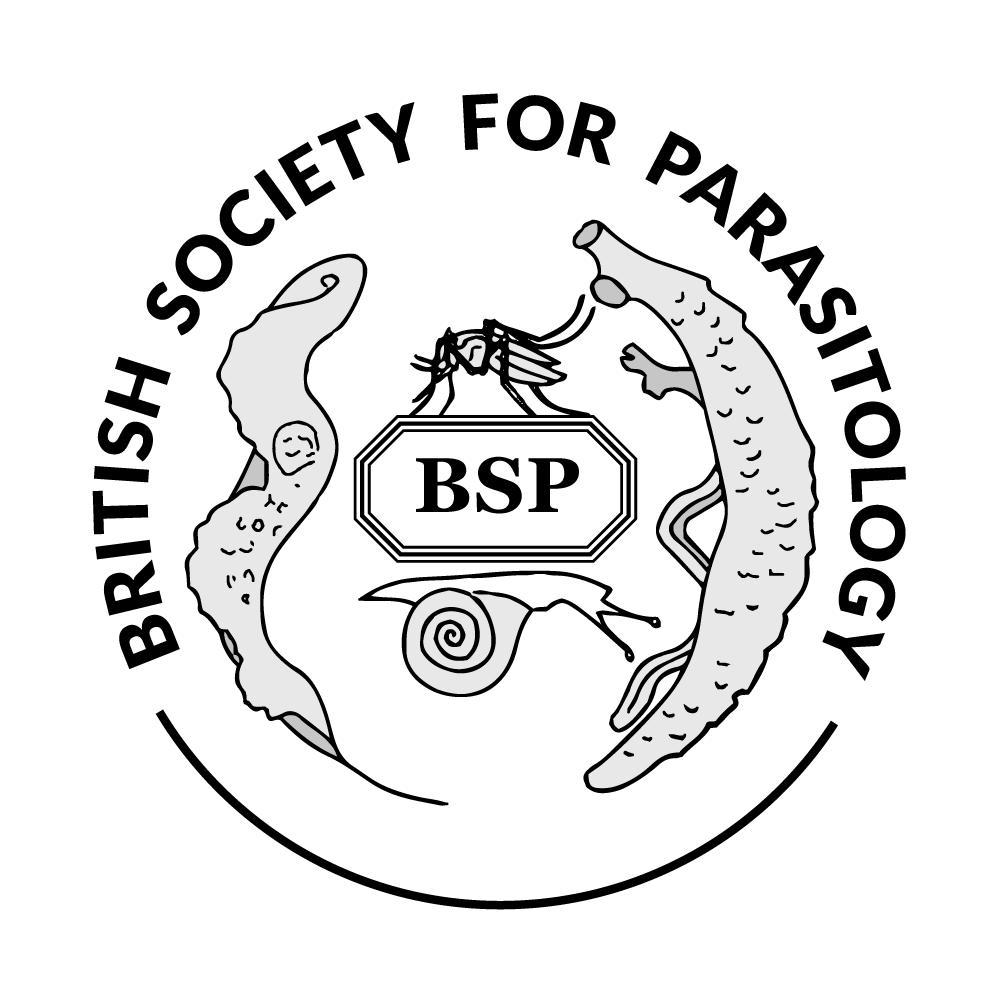

|
Mon3 Sep02:45pm(15 mins)
|
Poster 7 |
Where:
Foresight Centre
Track:
Speaker:
|
In recent decades, in countries with advanced health systems, there has been a marked increase in diseases attributed to immunological disorders such as asthma and allergies. However, people infected with parasitic helminths including schistosomes have been found to suffer less from allergy. This has led authors to formulate a helminth parasite variant of the so-called ‘hygiene’ or ‘old friends’ hypotheses. Previous studies have found that rabbit IgG antibodies raised against Schistosoma mansoni egg antigens cross-react with allergens such as peanut, grass pollen and natural rubber latex. In this work, we describe how rabbit IgG antibodies raised against Schistosoma mansoni soluble egg antigens (SmSEA) are cross-reactive with molecules in house dust mite (HDM) Dermatophagoides farinae somatic extracts. A cross-reactive molecule from HDM with approximate mass of 98 kDa was identified by tandem mass spectrometric (TMS)analysis to be the allergen Der f 15. Rabbit anti-schistosome IgG antibodies eluted from the HDM molecule reacted with the three major S. mansoni< egg glycosylated antigens IPSE/alpha-1, omega-1 and kappa-5. Moreover, anti-S. mansoni egg antibodies that had been eluted from the HDM cross-reactive antigen also reacted with antigenic constituents of a variety of plants which are known to be allergenic in humans. This extensive cross-reactivity was ablated by sodium metaperiodate treatment of the film carrying the plant antigens, indicating it was due to cross-reactive carbohydrate determinant (CCDs). Amino acid sequence analysis of the allergen indicated it had potential N- and O-linked glycosylation sites. In this work, we have also used the humanized Rat Basophilic Leukemia RS-ATL8 reporter system which is used to detect allergen specific IgE. RS-ATL8 cells were sensitized overnight with high dilution of sera of the patient with allergy to HDM and stimulated with a wide range of HDM allergen concentrations the next day, luminescence was measured 4 hours after stimulation we found the range from 10 ng/ml to 100 pg/ml represent the optimal concentrations. These findings are novel, and provide a possible explanation for the hygiene hypothesis and a potential starting point for improved allergen-specific immunotherapy.